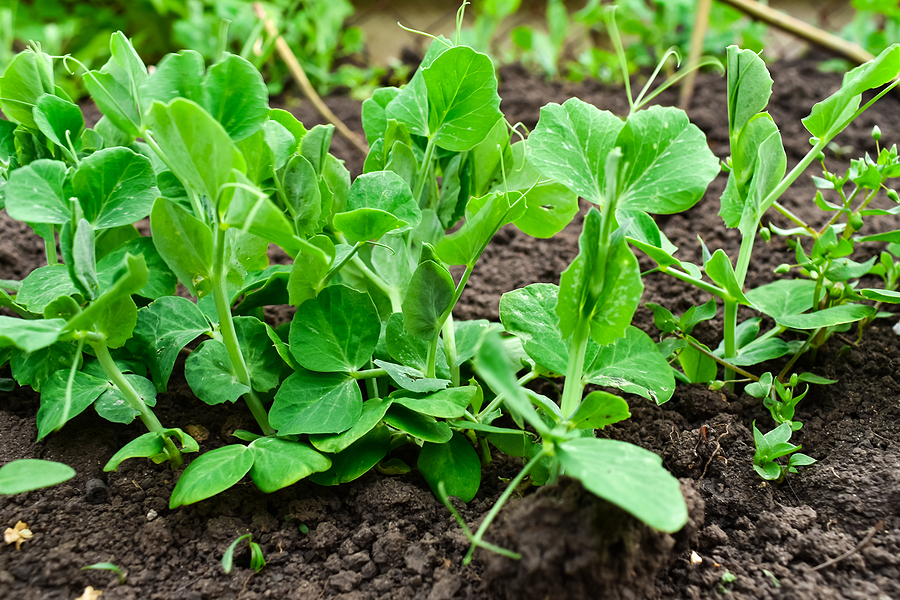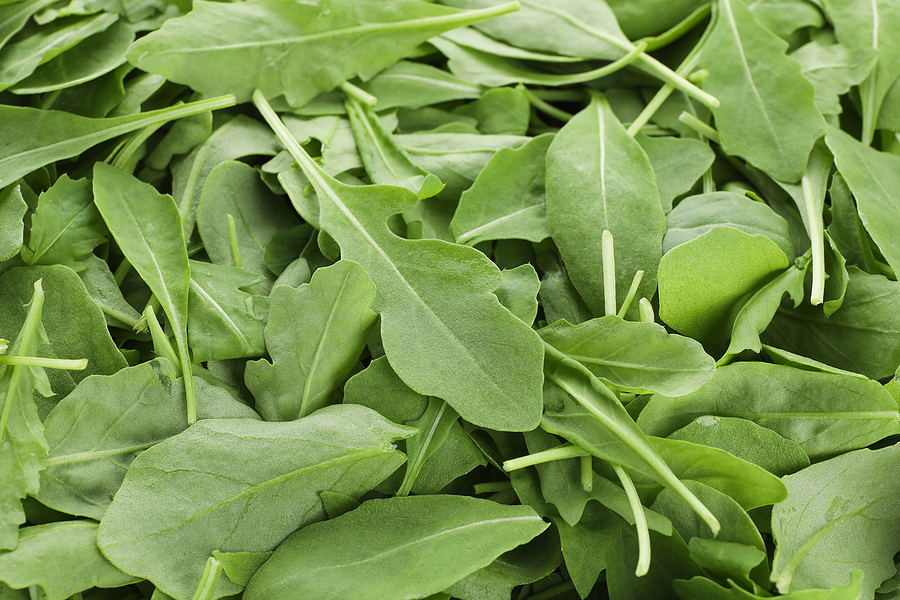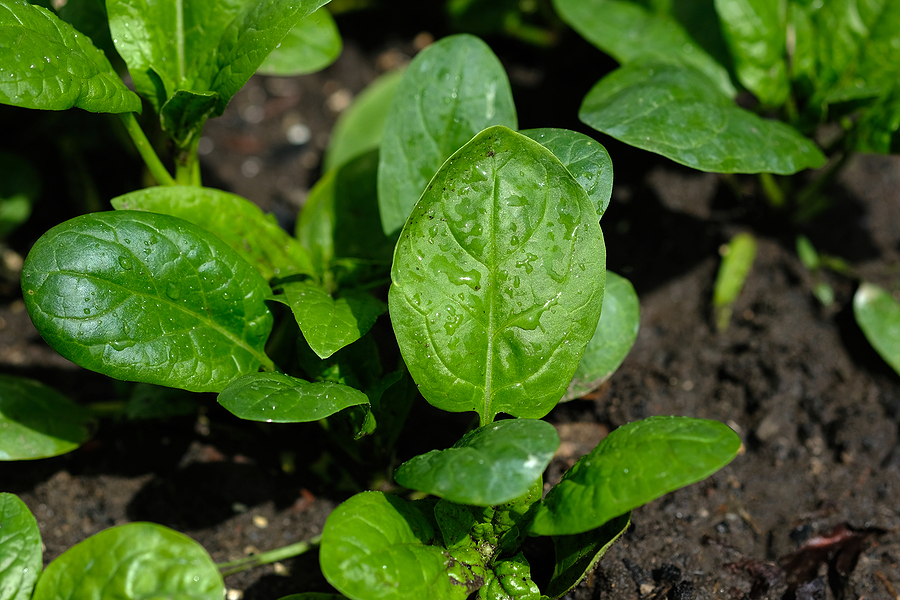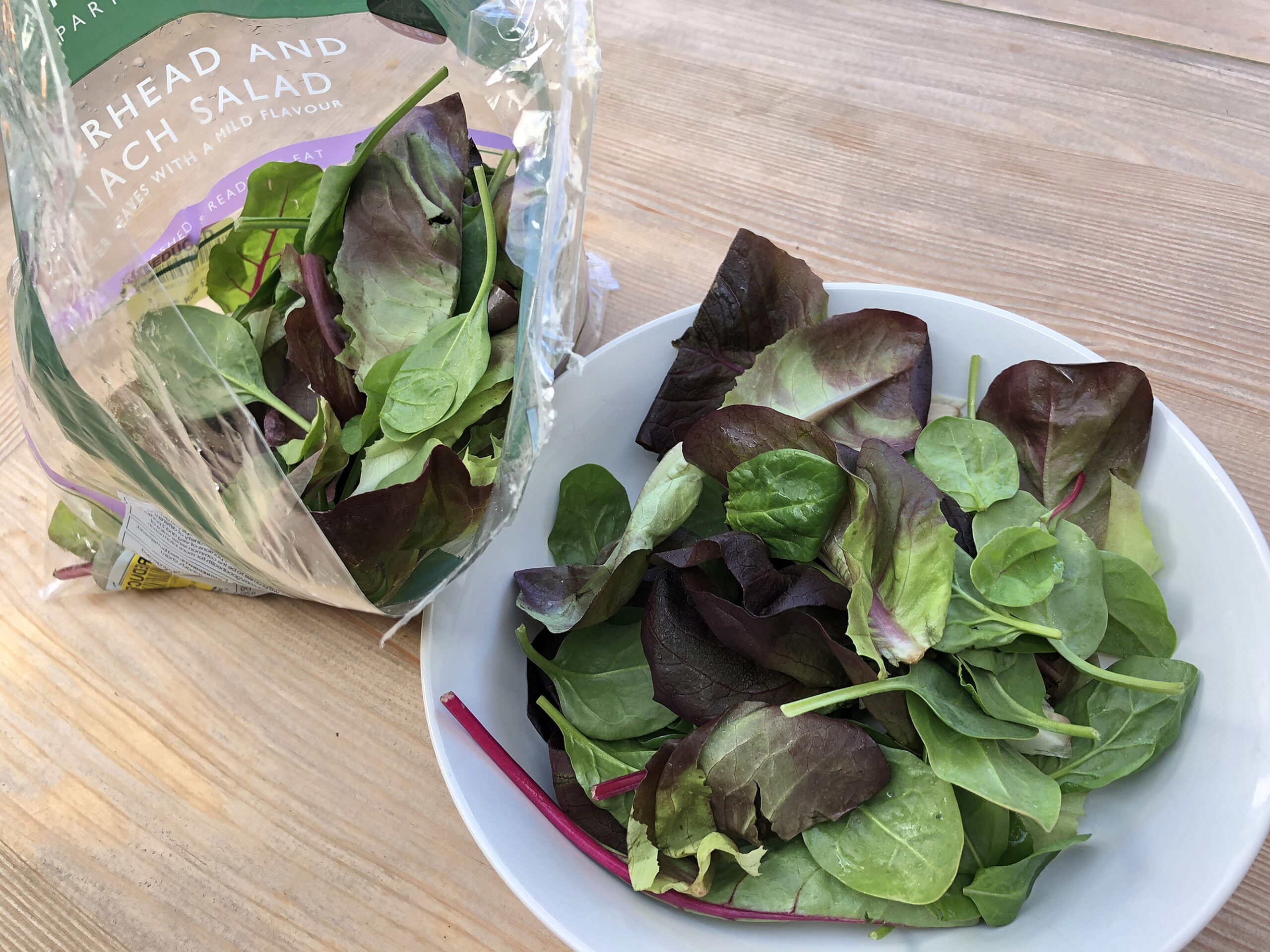If you’re always throwing away bagged salad, try growing your own lettuce mix
Charity Garden Organic offers tips to help you grow salad leaves of your own.
We bin so much bagged salad every year, it’s surely time to think again.
Figures from government waste advisory body WRAP suggest we chuck out 40% of the fresh lettuce and leafy greens we buy every year, making salads among the most wasted foods.
Shoppers don’t always buy bagged salads with a specific meal in mind, meaning parts of, or even whole bags are often thrown away untouched, according to separate Tesco research.

Bagged salads often end up in the bin
Yet it’s so easy to grow your own, insists charity Garden Organic, which promotes organic horticulture.
Growing your own mixed organic salad requires minimal space, with most varieties suitable for growing on a window ledge, says the charity’s growing expert Dr Anton Rosenfeld.
It’s also quick, with shoots revealing themselves in days, ready to be harvested in less than a month.
“Britons buy a huge amount of bagged salad each week, and so much ends up straight in the bin,” says Rosenfeld. “However, it couldn’t be simpler to grow your own – you don’t even need a garden. With a bit of planning and a sunny windowsill, you can keep yourselves in a variety of salad leaves all year round.”

Bestselling bagged salads include lettuce, rocket, spinach and pea shoots, but you can mix and match to suit your particular tastes.
Follow Rosenfeld’s top tips for growing your own stress-free salads…
Do your prep

Prepare your veg patch (or a tray on a window sill) by weeding, raking and levelling the soil to a fine tilth and gently firming it down. Lightly water the area so you’re just moistening the soil. You don’t want to compact it.
Grow your favourite leaves
Pea shoots

These are ideal for beginners, easy to grow and delicious. Simply buy a bag of dried marrowfat peas from the supermarket and soak a handful overnight. Then sow them 1-2cm deep, a few centimetres apart. You’ll see results in days and within two weeks you can snip the shoots to harvest. If you keep the soil moist, you can get up to three harvests from each shoot.
Rocket

With its peppery flavour, rocket livens up any salad. Sow from March until late August or early September (depending on where you live). Sow seed 0.5cm deep in pots or rows, then thin to 15cm apart. You can start to enjoy them when the plants are 10-15cm tall and regular cutting is advised to encourage new growth of young, fresh leaves.
Spinach

This is not only delicious but is also a great source of essential vitamins. It can be sown in the spring to late summer. Sow 1cm deep in pots or rows and when the seedlings are big enough to handle, thin them to 15-30cm apart. You can cut individual leaves as needed or you can cut seedlings and mature plants to 2.5cm above the surface as the plants regrow.
Lettuce

This is the key ingredient of all mixed salads and there is an abundance of different varieties to choose from including the pretty Lollo Rosso, with its frilly deep copper red leaves, or the ‘cut-and-come-again’ mixed leaf varieties. You can either buy your favourite or purchase a packet of mixed seeds.
Lettuce can be sown directly into the ground from when the risk of frost has passed, right through until the autumn. Some varieties are prone to bolting, or running to seed in the hot dry summer months, so just check the details on the packet before you sow.
And in winter?
View this post on Instagram
Don’t worry about the colder months as you can simply switch to growing your leaves on a windowsill. Mixed lettuce leaves, for instance, will grow all year round indoors.
When to harvest

Harvest salad leaves as you need them
When young leaves are big enough to eat, use scissors to harvest just the amount you need for your salad or garnish. Start with the outer leaves, making a clean cut. The stems will grow new leaves, hence the name ‘cut-and-come-again’.
As the plants mature you might notice the leaves taste bitter or attempt to flower, especially in hot dry weather. If so, it’s time to remove them.
Top tips
View this post on Instagram
A good, consistent watering habit is key. Ideally little and often. Slugs could be an issue if you’re growing outdoors. Avoid non-organic slug pellets as these are poisonous to hedgehogs, birds and other wildlife that might visit your garden.
The Press Association
Latest posts by The Press Association (see all)
- 5 new books to read this week - November 23, 2024
- 3 easy Mary Berry recipes to make this season - November 22, 2024
- In Pictures: Party stalwart kept New Labour in touch with traditional supporters - November 21, 2024
- 6 easy indoor exercises to try this winter – and why they are good for you - November 19, 2024
- Martin Clunes: I can’t afford to retire – I’ve got too many horses - November 19, 2024





















